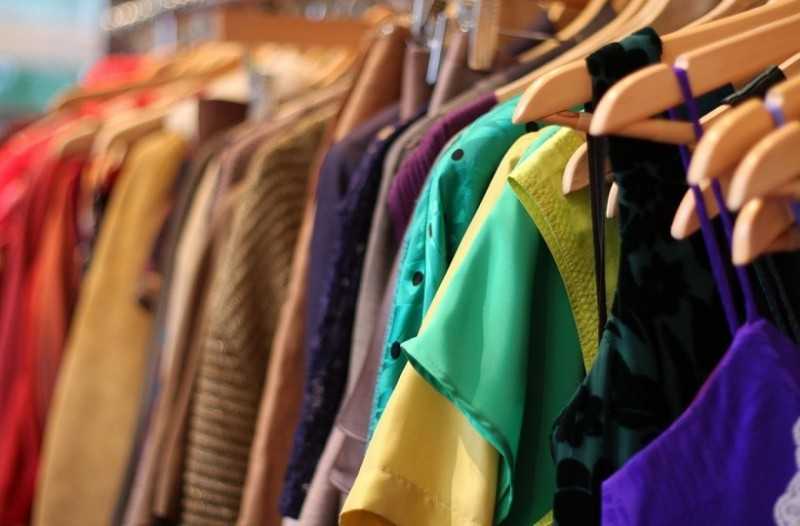Site: Home > News and events 


The development and development prospects of China's textile testing instruments
With the continuous improvement of consumers' requirements for the quality of textiles, the quality of textile testing instruments in the industry has also been continuously improved. Many quality standards have been established around the world to regulate textile testing instruments. Such as pilling performance, snagging performance, wrinkle performance, arching performance, sanitary performance, and even the comfort performance of the fabric, and the feel of the fabric will become the guarantee regulations provided by the manufacturer to consumers.
With the development of textile technology, many new textile raw materials and various functional textile products have appeared. New fibers such as soy protein modified fiber (tencel), polylactic acid fiber, chitosan (chitin fiber), polytrimethylene terephthalate fiber (PTT), Lyocell fiber (tencel), conductive fiber ( Including metal fibers, conductive polymers, composite conductive fibers), flame-retardant fibers, elastic fibers, anti-ultraviolet fibers, infrared fibers, moisture-absorbing and heat-releasing fibers, moisture-conducting and quick-drying cool fibers, multiple heterogeneous composite fibers, etc., have started As the choice of new fashionable fabrics. In addition to people paying attention to color and popular styles, functionalization is also pursued by consumers as fashion. Fabrics with certain functions are currently the key development targets of textile manufacturers, such as anti-electromagnetic shielding fabrics, antistatic fabrics, flame retardant fabrics, Anti-ultraviolet fabrics, antibacterial fabrics, wind-proof, rain-proof and breathable fabrics, moisture-absorbing and sweat-conducting cool fabrics, etc. Whether it is new fibers or functional fabrics, corresponding inspection items must be added, and new inspection techniques and inspection contents must even be studied.

The impact of environmental pollution on human health and survival has aroused people's attention to environmental protection. Environmental protection has become an important criterion for product development, production, and use, and it is also a necessary condition for products to enter the market. All countries have strengthened the testing standards for determining the possibility of environmental pollution of products, especially the European Union, Japan, and the United States have formulated strict textile ecological standards to improve the import conditions of textiles. For example, the "Ecological Textile Standard 100" promulgated by the International Textile Ecological Research and Testing Association of the European Union stipulates 10 aspects such as pH value of textiles, formaldehyde, extractable heavy metals, pesticide residues, banned dyes, and organochlorine carriers. The textiles of the above-mentioned countries must pass the inspection stipulated by the ecological standards.
According to the relevant rules of the World Trade Organization, trade quota barriers between member countries will be gradually eliminated, tariff barriers will also be gradually reduced, and technical barriers have become trade protection measures for various countries. Increasing the inspection content of commodities has become an important means. The inspection of textiles not only adds a lot of content, but also has strict requirements on orders of magnitude. Recently, some products exported from China to the European Union and Japan were rejected, which is indeed a problem in this regard. Therefore, Chinese textile manufacturers should pay sufficient attention to this issue. China’s inspection and quarantine departments, standards management and formulation departments should adopt a flexible approach to the formulation of standards, formulate and revise them in a timely manner based on actual conditions, rather than on a regular basis, so as to adapt the standards to the development of the market economy. In addition, the country should vigorously support the development of inspection technology. The research work has promoted the advancement of China's inspection technology and is at the international advanced level, so that it can play a role in the formulation and revision of international standards and seize the initiative.
Establish a quality assurance system based on the product quality law, combining standards and contract quality commitments:
Regarding the relationship between standards and contract quality commitments, the previous practice was that foreign trade transactions were mainly based on contract quality commitments, and domestic trade transactions adopted standards (currently many textile companies in China still use this method). This method can still be adapted to the period when China's commodity economy is underdeveloped and the number of commodities is small. With the development of the commodity economy, especially now that the market has entered a popular market for new varieties, many new fibers, new yarns, and new fabrics appear every year. From this point of view, the standard has limitations in hysteresis and scope of adaptation. When formulating the standard, only a minimum requirement for the appearance and durability of products that have been mass-produced and tested in the laboratory was formulated. For many new products, which product standard should be adopted is a difficult problem to solve. In addition, due to various reasons, the formulation of standards may become increasingly difficult. To solve such problems, it is necessary to adopt a method of combining standards and contract quality commitments. The standards will stipulate a minimum requirement for products sold according to product categories. As for the classification of industrial products, further research is needed.

Research units and instrument manufacturers in China’s textile testing technology must also change their concepts. They should not stay in the standard requirements and specifications for R&D and production. They should actively innovate, and in accordance with the various requirements and goals put forward in the use of the final product, as well as the Textiles, yarns, fibers and semi-finished products put forward the assessment requirements, research and test the original exhibition, especially now that the market has entered a popular market for new varieties, and many new fibers, new yarns and new fabrics appear every year. From this point of view, the standard has limitations in hysteresis and adaptability. When formulating the standard, only a minimum requirement for the appearance and durability of the products that have been mass-produced and tested in the laboratory was formulated. For many new products, which product standard should be adopted is a difficult problem to solve. In addition, due to various reasons, the formulation of standards may become increasingly difficult. To solve such problems, it is necessary to adopt a method of combining standards and contract quality commitments. The standards will stipulate a minimum requirement for products sold according to product categories. As for the classification of industrial products, further research is needed.
Research units and instrument manufacturers in China’s textile testing technology must also change their concepts. They should not stay in the standard requirements and specifications for R&D and production. They should actively innovate, and in accordance with the various requirements and goals put forward in the use of the final product, as well as the Textiles, yarns, fibers and their semi-finished products put forward assessment requirements, research testing principles, research prototypes of testing instruments (prototypes) based on the test results of testing instruments, propose new indicators, and effectively make improvements to the quality of textile products and feedback processing information. Effective work.
For more knowledge about textile testing, please leave us a message!
For more knowledge about textile testing, please leave us a message!
2021-08-27 12:38
- Related News
What's the difference between a hydraulic oil filter and a regular oil filter?
Interpretation of Paper Tear Strength Standards
What is the significance of the LA abrasion test?
What is a UTM machine used for?
What is the principle of a capillary rheometer?
What is the difference between conical and parallel twin-screw extruders?
What is the ISO standard for color fastness?
What is the use of a roundness tester?
The Role of Dust-Proof Robot Protective Clothing
What is the difference between Taber and Martindale abrasion tests?
